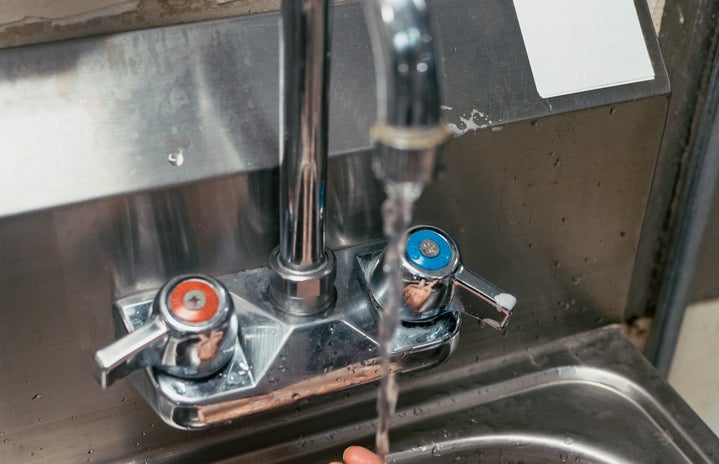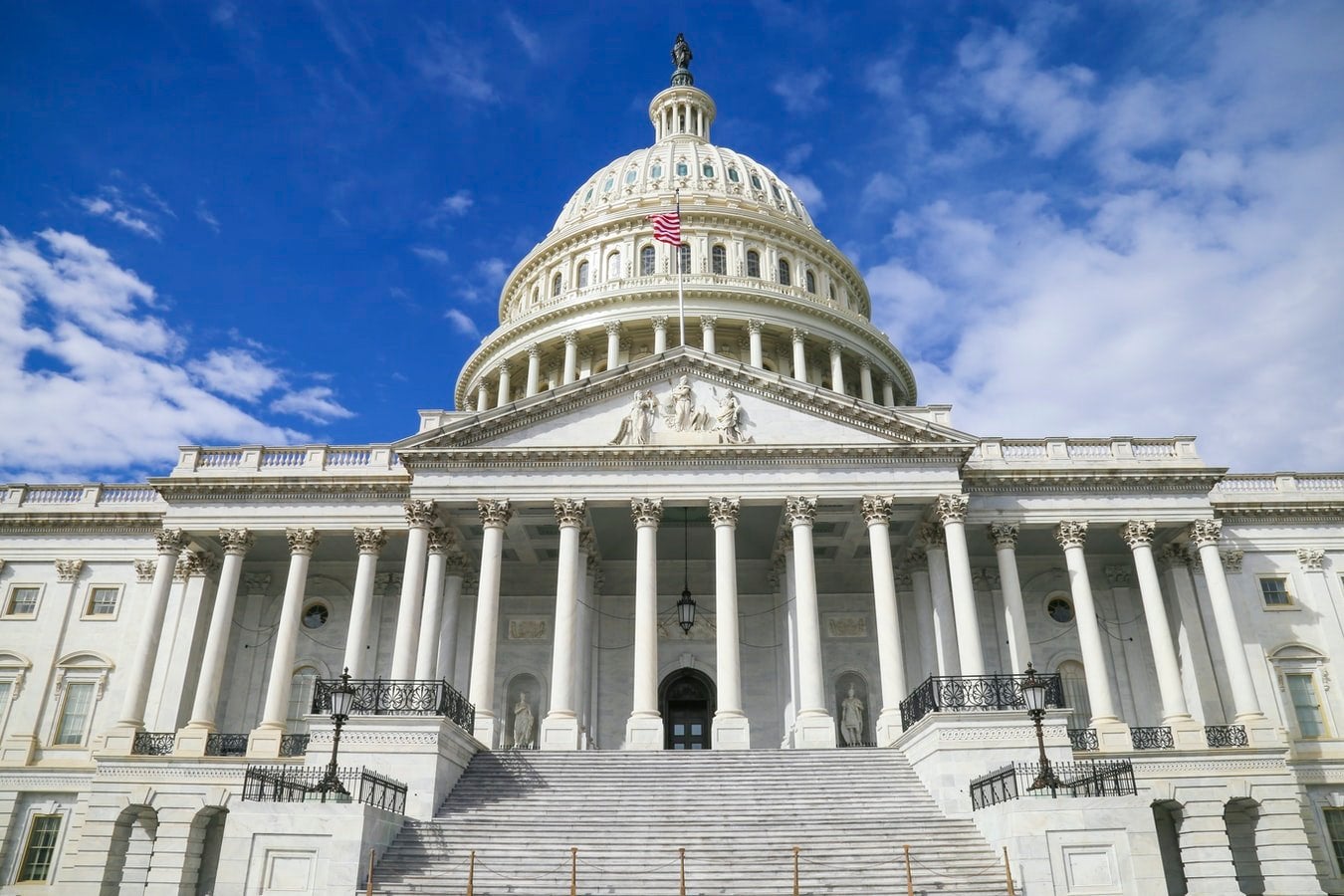The District of Columbia Water and Sewer Authority (D.C. Water) presented their Lead Free D.C. initiative to Advisory Neighborhood Commission (ANC) 3D on Feb. 2, which aims to eliminate the District’s 28,000 lead or galvanized iron pipe service lines by 2030, focusing on under-resourced and vulnerable communities.
This year, D.C. Water began replacing lead service lines on private property for free on a block-by-block basis where they are already doing replacement projects. Twenty locations on the 5100 block of Cathedral Ave. NW have the opportunity for lead service line replacements as part of a current project.
D.C. Water’s previous program often replaced lead service lines only on public property as homeowners had to pay out of pocket for the portion of the line on private property to be replaced. To remedy these partial replacement cases, the new Lead Free D.C. initiative will replace the line covering 50 to 100% of costs, depending on a homeowner’s income. If both public and private parts of the service lines contain lead, residents must enroll in a Voluntary Replacement Program if there is not a project planned.
The model prioritizes underserved areas measured by the Area Deprivation Index and vulnerable populations such as children, schools and daycares.
“The ADI measures education, housing, poverty level, and other ways to measure if areas are under-resourced,” said Program Manager of Lead Services at D.C. Water, John Deignan.
American University’s Dr. Karen Baehler conducted a study on access to lead pipe replacements for marginalized communities in Washington from 2014 to 2018. Her team discovered that minority communities were less likely to pay out of pocket for replacement on their private property, causing a disproportionate amount of partial replacements in these communities.
“Doing a partial replacement can be very problematic because it can cause the lead levels in the water in that particular house to spike,” said Baehler. “In neighborhoods with higher percentages of Black populations there were fewer of the full replacements,” continued Baehler. This initiative hopes to remedy that.
“One of the factors that we would like to consider more heavily than they do is those partials because they present a greater health hazard,” said ANC 3/4G Commissioner and member of the Lead Service Line Planning Task Force Randy Speck.
During the meeting, Deignan gave residents resources to identify if they had lead pipes and contact information to replace them, including a hotline, a “lead map” and an e-mail address.
The initiative still leaves concerns about whether pipes will really be replaced or not. “Most people don’t know whether they have lead pipes or not. Most people are not motivated [to look on the website],” said ANC 3D Commissioner Chuck Elkins, adding that homeowners will not pay attention to the initiative until a project begins on their block.
Still, the block-by-block projects require a signed agreement. “There needs to be policy considerations and resources to incentivize homeowners to participate in this aside from it being free,” said Deignan, leaving room for more improvement.




